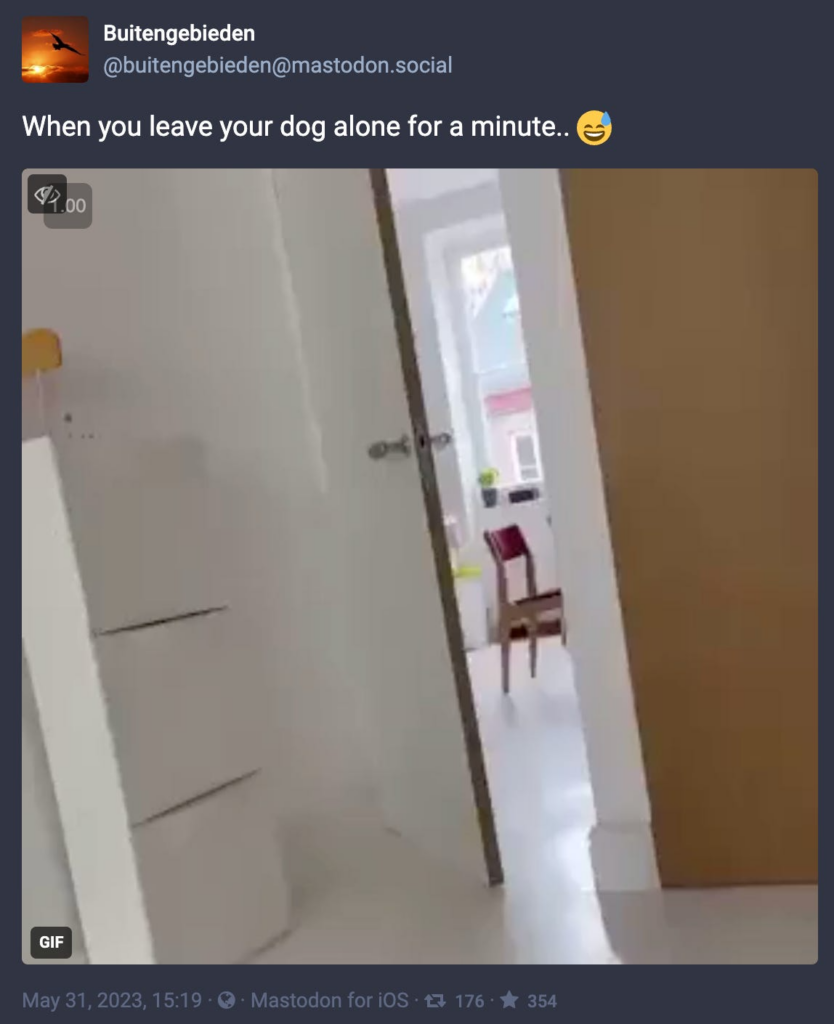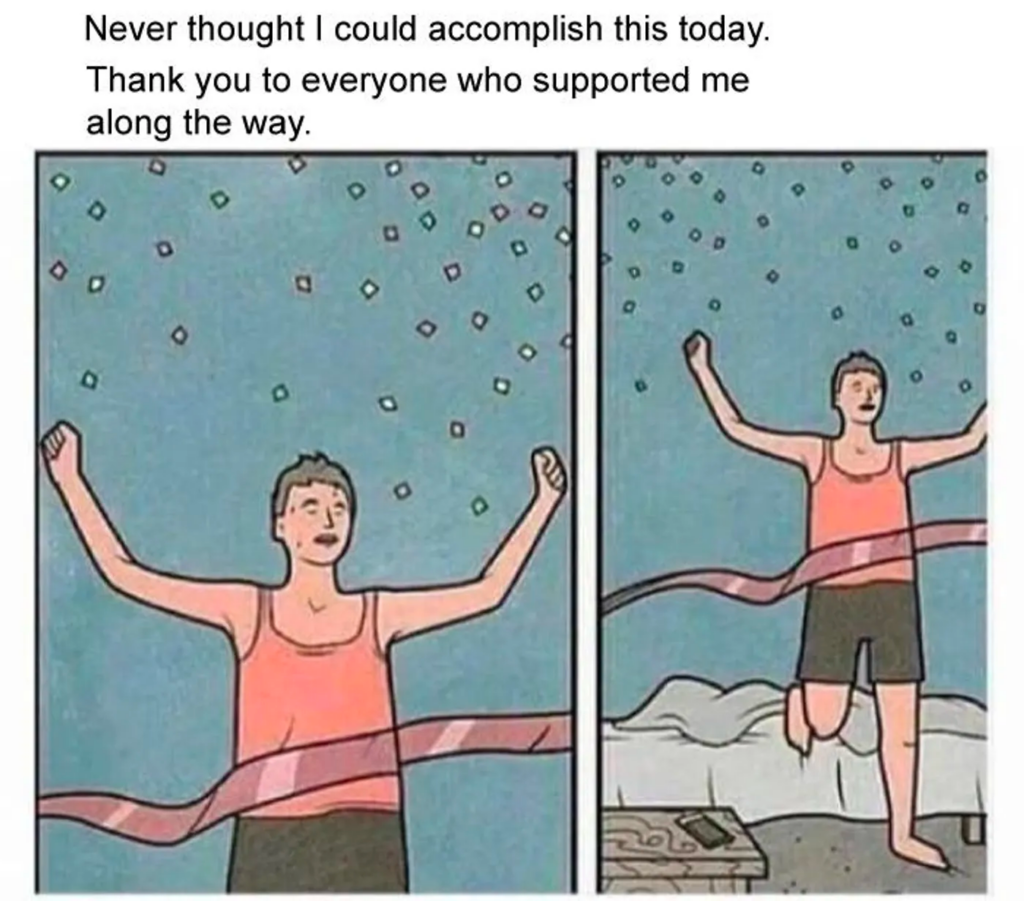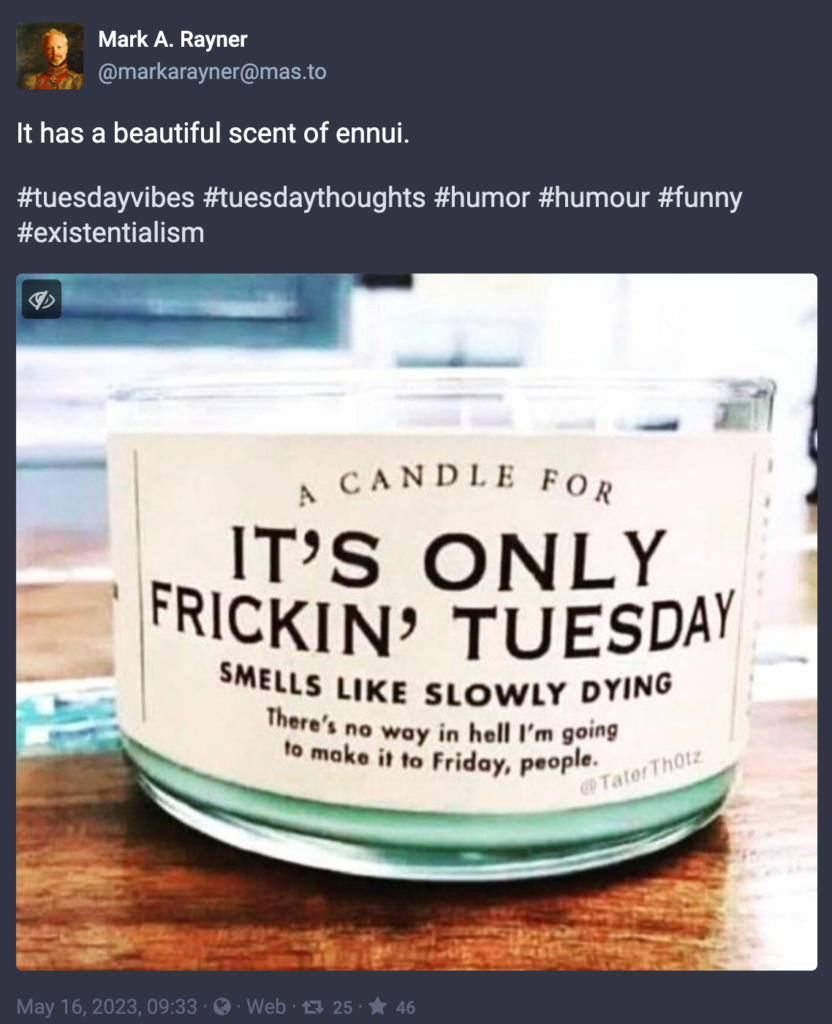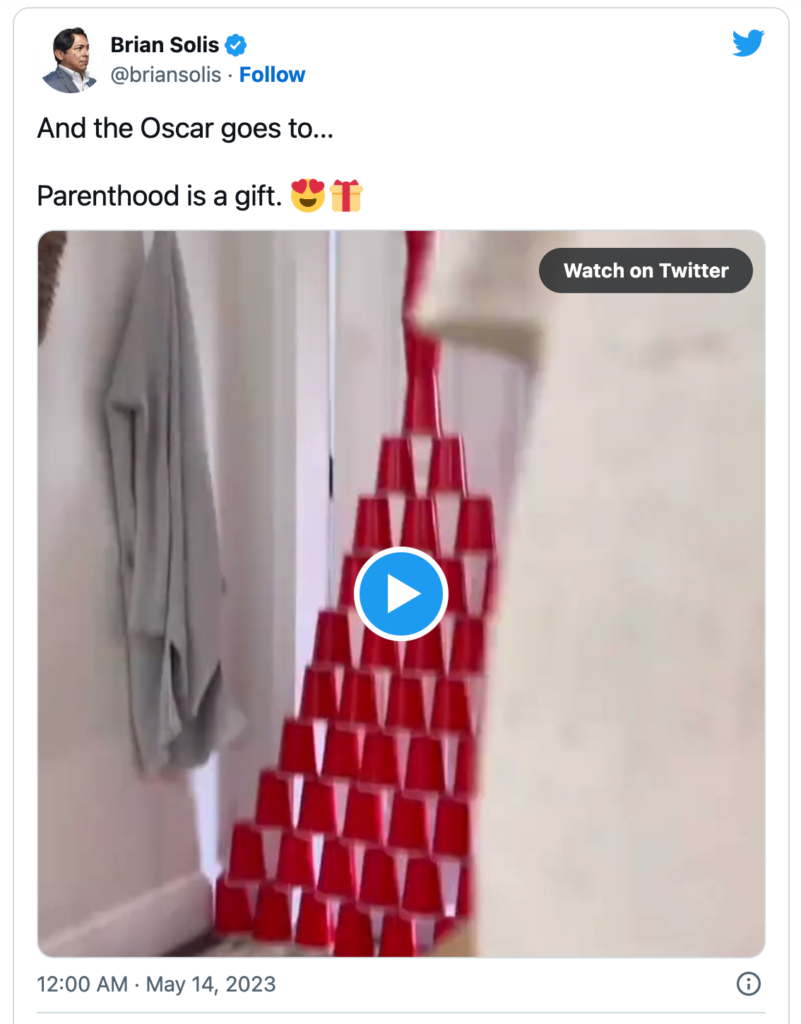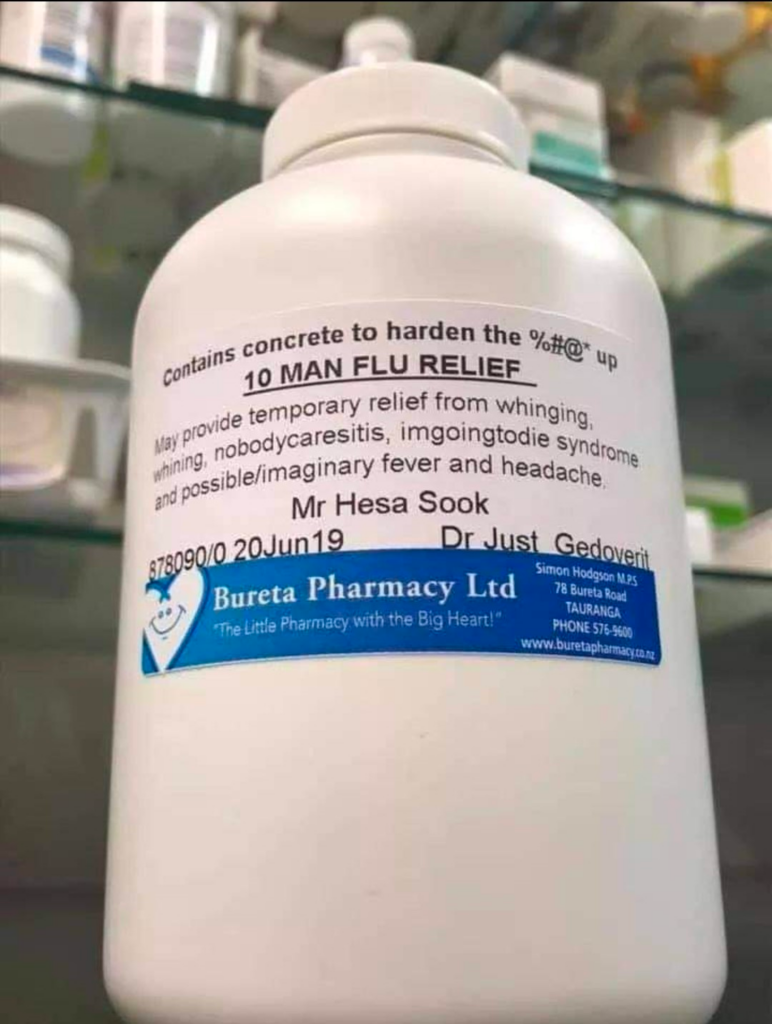We’re wrapping up the family vacation just after the 4th of July, so this is still a bit shorter newsletter than usual. Happy birthday America. I hope everyone in the US had a grand celebration. We got to enjoy just a few fireworks from London, which was fun and a bit ironic all rolled into one.
Thinking back on all my years of sending exploding rockets into the sky, I’m reflecting on the patience of lighting a fuse and waiting for the payoff. Now and then, you’d light a fuse and see it seem to die out. You’d spend the next few seconds (what felt far longer) wondering whether it would rekindle and launch. Now nearly four months into the layoff, patience is wearing a bit thin at times, and I’ve put energy into several duds along the way. Patience tells me this will eventually lead to a better outcome, but I’ve got to trust that the right opportunity is out there for each of us.
Looking Back – Patient Expectation
One of the more unique things about Indeed’s engineering culture revolved around releasing software. Many places I’ve worked focused relentlessly on the date software was slated to ship. Of course, this makes sense because that’s the first chance to derive value from your investment in planning, designing, implementing, and verifying the software. It’s completely reasonable and good business sense to focus on that point, but the date is the wrong measure of success. It’s not as obvious, but the measurement you need to focus on is the time to first value.
At Indeed, much of the software we released was released in A/B tests, so it would often launch with no traffic or only a tiny portion of users. This is an essential point in the life of the software, but it doesn’t tell us the software is a success, so it’s not the ultimate goal. We had to be patient and wait until we saw the value climb as the test was enabled. When we finally reached a point of being confident the software was successful, or occasionally, that it wasn’t working as hoped, we had finally delivered value and could celebrate by either rolling it out to everyone or removing the software for another test. This required patience as teams built software, and the date fluctuated, but it was a much healthier pattern than many other teams I’ve worked on because it kept the focus on the core outcome.
Looking Forward – Patiently Searching
I’ll be honest, the last time I interviewed (in 2016), companies still expected you to give up a whole day for onsite interviews (6+ hours, in my experience.) It was grueling, but at least the decision typically came a few days after that. My experience this year indicates that many companies now spread those interviews out over days and weeks. I’m impatiently awaiting the following interview in this second round of interviews with a company. If given the chance, I would have happily packed both of these interviews (and more) into one day. The upside for this is that it’s probably a lot easier to squeeze an interview into a busy workday without tipping off your boss or team that you’re out for an interview, but for those of us with nothing but time, it feels painfully slow.
Today’s Tip – Patiently Returning
I passed on the opportunity to interview further with a few companies early in my search because I wanted to be more excited about the possibilities for various reasons. Now that we’re reaching month four, I’m revisiting a few. I see they’re still open, and I’ve had more time to reflect on exactly what I want to do and explore whether they could be right. So, if you haven’t revisited some of your previous searches, companies, or roles, that’s my suggestion for this week.
Fun Stuff
Final Words
If I can help with your search, please get in touch with me. Please give me feedback on what you like or don’t care for in this newsletter, and I’ll adjust. For total transparency, I have no affiliation with any of the tools, companies, or resources I share. These are my impressions, not tainted by any outside influences.







